The Great Lawn Hoax
Rethinking grass and 17 more springtime endeavors for nature-full yards.
The virtue of a tidy lawn is one of the greatest myths we perpetuate. I know, I sound like the fun police, scraping away another one of our revered comforts. But once you read on, you may never want it back.
Not only is that green rectangle a pain to maintain, it’s truly damaging to nature. In the United States, lawns: cover 40 million acres, taking up nearly half the area land we use for our major agriculture crops; use two-thirds as much water as all of America’s farmlands; use ten times more fertilizer than those crops; and use 67 million pounds of pesticides, which poison the food chain, then release nitrous oxide, a greenhouse gas 298 times more potent than CO2.
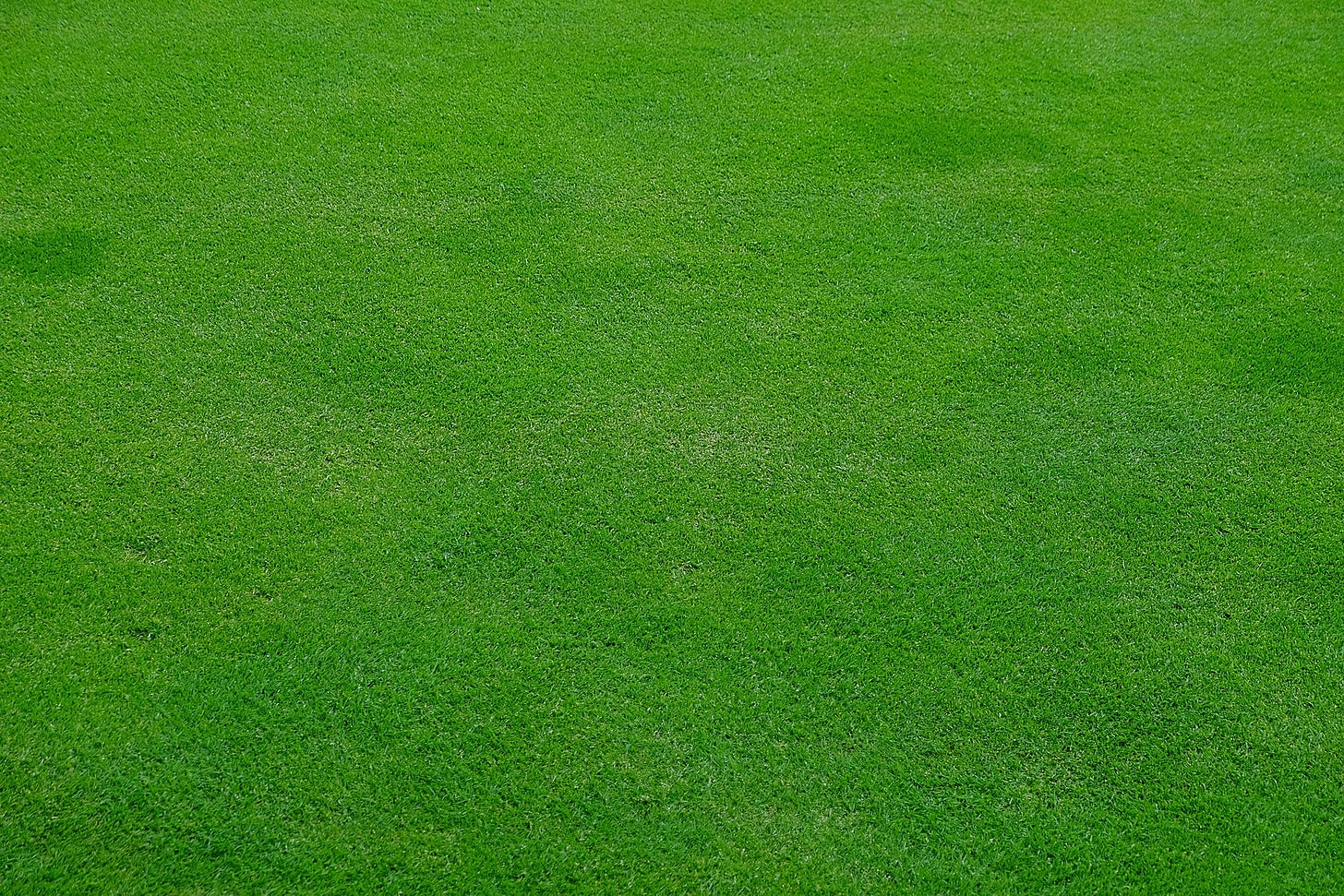
And for what? Status? Conformity? Maybe originally, but probalby most of us keep a lawn these days just because it’s the default landscape, something we don’t even think about. So while we’re busy digging up, learning about, and coming to terms with our historical roots of colonialism and environmental racism, let’s go ahead and dig up the lawn, too.

The birth of lawns
But lawns really took root in the U.S. with the rise of middle-class suburbia in the 1950s, thanks in part to FDR’s G.I. Bill. That bill helped millions of families realize the American dream by providing education and low-interest home loans to veterans after WWII. Suburbia sprang up, and a tidy lawn soon became a symbol of this newfound status.
But, those families who found a new life in the ‘burbs were mostly white. Here’s an interesting article from the History Channel about how the bill ended up driving wealth, education, and civil rights gaps, and “ultimately shut doors for the 1.2 million Black veterans who had bravely served their country during World War II.”
Since Black people couldn’t buy a house in most suburban neighborhoods, lawns kind of also became a status of whiteness.
What, my lawn is racist?
No. I’m not advocating ripping up your lawn to prove you’re not racist. But, it is rather intersting to know the history of how we got here, because it helps us rethink harmful traditions we blindly hang on to. If we can change the way we view cookie-cutter, monoculture stretches of green — from the epitomy of desirable to something that is rather heinous when it comes to nature and our own wellbeing — then it becomes easier to let go of our obsolete lawn habits and replace them with some new ones that improve our world’s biodiverstiy and health.
For a bit more esoteric reading, there’s an old, but good article on rethinking lawns by Michael Pollan, which was published in the New Yorker a few decades back. He writes that “lawns are emblematic of a skewed relationship to the land… They teach us that, with the help of petrochemicals and technology, we can bend nature to our will.”
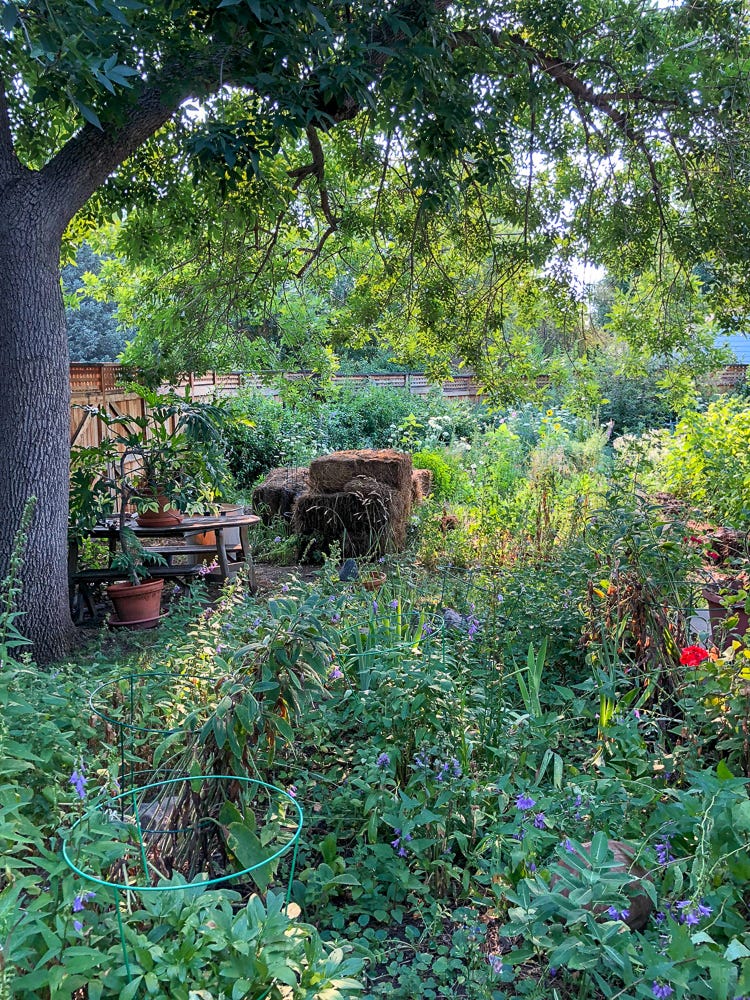
Not everyone has the money, time, or will-power to give up their lawns.
And that’s okay. Don’t carry around a lot of guilt for something you can’t control.
But if you’ve read this far, chances are you’d at least be open to changing up a few plants. Even small changes can make the difference between a biodiversity desert and a vibrant wildlife habitat. Every bit helps.
Also, keep in mind that grass isn’t evil. Smaller patches of grass surrounded by more wild areas are a good balance to have places for both humans and creatures to hang out. (Mom, your yard is already an amazing nature sanctuary. You don’t have to feel guilty about not giving up the ten square feet of remaining grass, especially since you don’t put chemcials on it.)
Now, if you’re ready to go a little wild, here are some ideas for making your little plot a better habitat.
17 ideas for rewiliding your yard
Note: If you don’t have a lawn, but have common areas at you’re living complex, try to educate your HOA and encourage them to go more wild.
Rethink what you see as a pretty lawn. Go wild, literally. Embrace the mess. As mentioned above, someday, a healthy yard will seem normal, and a manicured green patch, fantastically surreal and undesirable.
Shun chemicals. They kill ecosystems. As one small example, fireflies spend the first two years of their lives underground, and lawn chemicals kill them. Glyophosphates and other pesticides spin the ecosystem out of whack by poisoning bugs, which birds, amphibians, and reptiles eat. When those predators die from pesticide-laden food, there are fewer bug eaters. More bugs move in, and pests become a perpetuating cycle. Plus, chemicals are made at industrial plants that likely poison other human’s homes.
Use local nurseries. Many big box chains carry plants and seeds with neonictinoids, and they’re not always labled as such. Neonictinoid pesticides are introduced to plants at the seed stage and act like an appetite suppressant for birds, causing weight loss within hours. They also damage insect populations, leaving less food for birds.
Ditch the fertilizer frenzy. It goes down the storm drain and into the rivers, wetlands, and oceans, where it disrupts many an ecosystem for time immemorial. Instead, enrich soil naturally through compost, natural mulch, and ground cover.
Add native shrubs, trees, and grasses. Most insects eat and reproduce only on specific native plants with which they share an evolutionary history. Without them, they starve, and thus do birds, rodents, and amphibians. A yard of native plants will also create healthier soils, which will help sequester carbon and capture excess runoff. Once established, natives generally do not need much if any watering (consider drip irrigation if you still need to water), and their diversity of organisms make it more difficult for disease to spread. Also get you know your invasive species, and be vigilant about weeding them out.
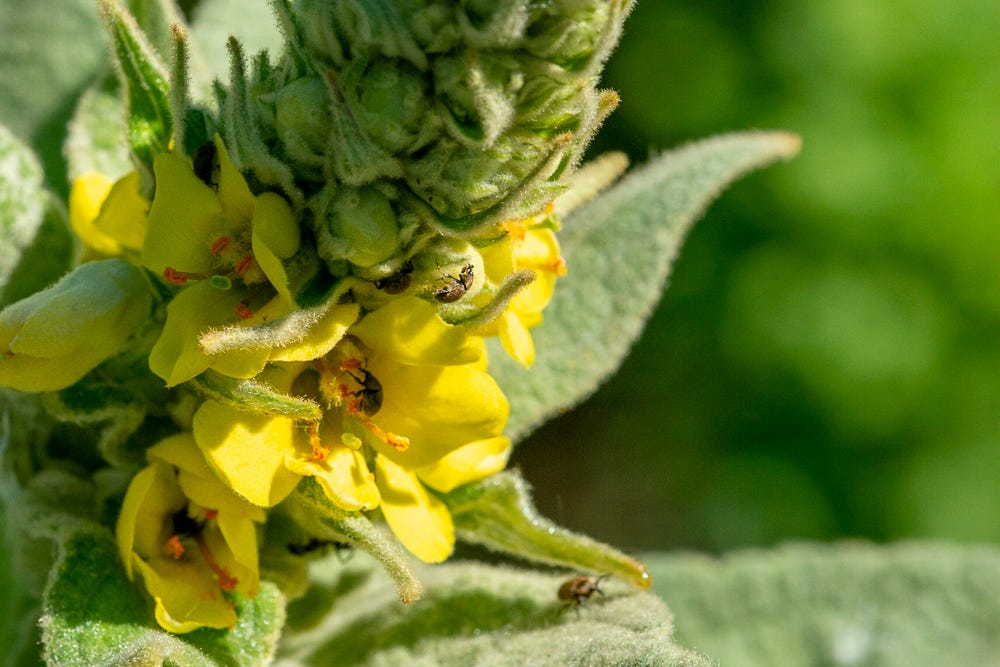
Replace monoculture lawn grass with native grasses. That might include meadow and buffalograss, red fescue, sedges, bentgrass, wildflowers, clover, chamomile, creeping charlie, and even thyme. Native grass seeds for your region can be found online and often at local nurseries.
Don’t mow so often. Let flowers and seeds to grow. Otherwise, mowing cuts off food supplies for pollinators and birds, and disturbs and kills beneficial insects. With native grasses, you should only have to mow the yard every few months, if at all.
Get an old-fashioned push mower to save on burning fossil fuel, and make your arms sexy. Running a two-stroke lawnmower for an hour creates the same pollution as driving a car for 100 miles.
Make a pollinator garden with native plants whose flowers and nectars attract bees and butterflies. Add in some milkweed for monarchs. A single monarch caterpillar can eat a whole patch of plants, so don’t be frugal. Note: milkweed can be poisonous. Most dogs won’t eat it, but if you have dogs or kids who munch on random objects, put it somewhere less accessible.
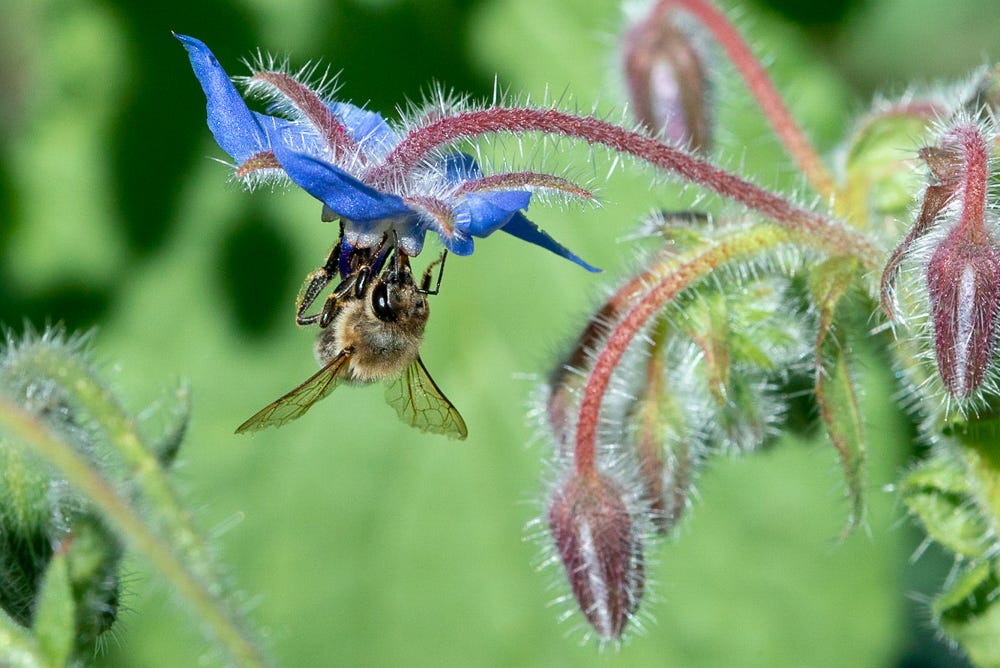
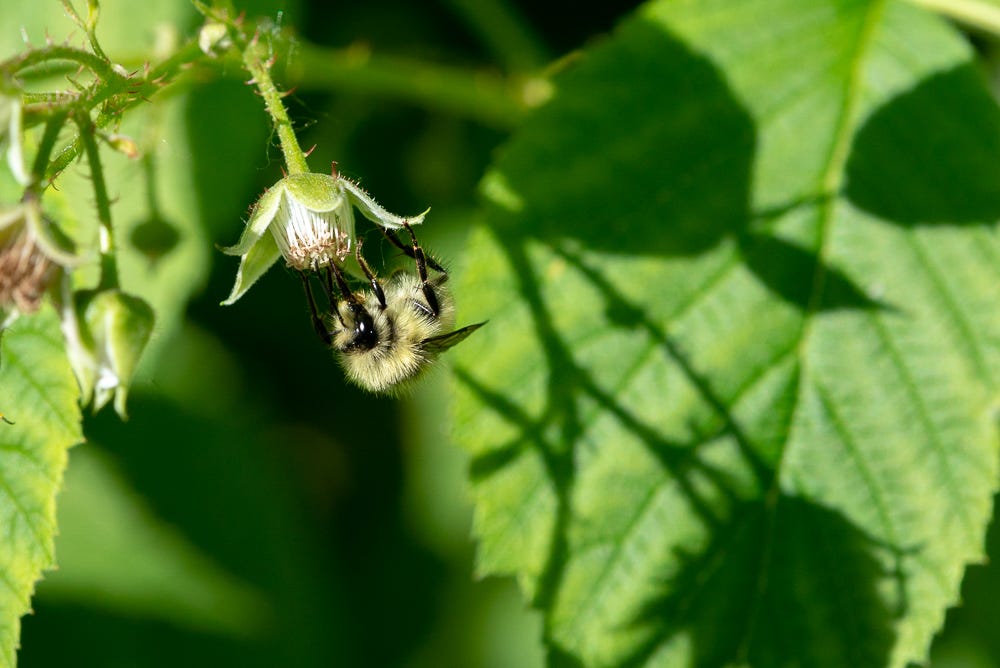
Rethink what is a home. Homes are everywhere in a healthy yard. Make a point of locating them, and add more to encourage diversity. Dead trees are often houses to birds and other species, so leave them be unless they pose a safety hazard. Dead branches in otherwise healthy trees also make good perches for songbirds and raptors. Tuck bee houses in and around the yard and house eaves for friendly mason bees. Add bird and bat houses. When trimming trees, watch for hummingbird nests. They are tiny, with eggs the size of jelly beans.
Leave a few piles of leaves and brush. They are crucial shelters for birds and other animals. Inside, some hide from predators, others nest. Insects love a pile of decomposing wood, and nearly everyone loves to eat insects. When the cold comes around again, let fallen leaves stay for the winter. After making food for the trees, they protect the soil, and create a world for fungi, bacteria, insects, and worms. This makes the soil more fertile, capable of holding in moisture, and thus less prone to flooding or drought. Be patient, it takes a while to build robust soil.
Put out some water. Ecosystems love a water source or two. Consider a bird bath, or just some areas that keep small puddles or mini wetlands here and there. Change the water in bird baths and clean them often, to reduce mosquito larvae and prevent diseases like salmonella that can harm birds, and put a rock in, so bees or anyone else who falls in doesn’t drown.
Embrace darkness: all of the creatures you’ve welcomed into your native yard will appreciate a dark night, which helps them keep their natural rhythms.
Don’t fear. A healthy yard is likely to have a few visitors that seem scary at first. Wasps are proficient pollinators, and they also have a large appetite for aphids, flies, caterpillars and other bugs that might otherwise become pests. Same goes for spiders. Snakes will also feel at home in a happy yard, and are an integral part of a healthy ecosystem. Small ones keep earthworms, lizards, and frogs in check, while bigger ones eat mice, rats, and squirrels. Snakes feed owls, hawks, herons, and foxes. Some people kill snakes, but that makes everything worse. Without snakes there will be more mice, and a bigger temptation to use pesticides to kill mice, which ends up poisoning hawks and owls, which leads to more mice. And then there’s that awful cycle again, where poisons lead to more and more imbalance, and thus more and more temptation to poison, even though it’s so clearly counterproductive.
Embrace the discomfort. We’ve done such an outstanding job of separating ourselves from nature that it can take a while to get used to our helpful neighbors again. If you’re feeling squeamish or afraid, try observing wasps, spiders, or snakes for a while, to see what their lives are like. Once you understand them better, your mindset is likely to change, and you will likely start to feel a good deal of comfort and pleasure in having them around. Also, once you learn which snakes and spiders are poisonous, you’ll realize that most of them are harmless, and you’ll also have a good head to steer clear of the dangerous ones.
Learn. Nature is fascinating, and as it blossoms in your own little wildlife refuge, take the time to learn as much as you can, and share your knowledge with others. Visit nature centers, learn about local ecosystems.
Don’t fret. You can’t be perfect. And you’ll make mistakes. But it’s fun to make a few improvements here and there.
Show off your nature-friendly yard, or windowsill, if you’re apartment bound, by making it a certified wildlife sanctuary. A healthy yard looks messy compared with our controlled grass lawns, and that can infuriate neighbors who don’t yet understand their importance. To win over the naysayers, or at least keep things cordial, try putting in a winding path, to show your choices are deliberate. Get a plaque from the National Wildlife Federation to boost credibility. In some places, you can also certify a native-plant yard through the department of natural resources as wildlife habitat, and get a property tax exemption.
Changing one little patch might not seem like a lot, but it is one of the most rewarding ways we can make an individual difference in a truly meaningful way. We get to get our hands dirty in nature, and then watch the rewards of our labors as wildlife moves in. Our example encourages others to do the same.
Remember the world goal of 30 by 30? Science says we need to preserve at least 30 percent of the Earth by 2030 (and 50 percent by 2050) in order to avoid catastrophic extinctions. So if 30 percent of your home plot of land is wild, you’re really taking a stand and helping to make that happen.
More to Come
As I’m just getting back on track here from a bit of newsletter hiatus, I need another few days to get the Nature News Roundup and our personal News From the Valley up. Thanks for your patience.
Thanks for reading, and if you want to share this, click the button below.
Also, please consider supporting independent nature journalism by becoming a paid subscriber, and get access to more of this content.
Feel free to leave a comment, or write me at karunae@mac.com.


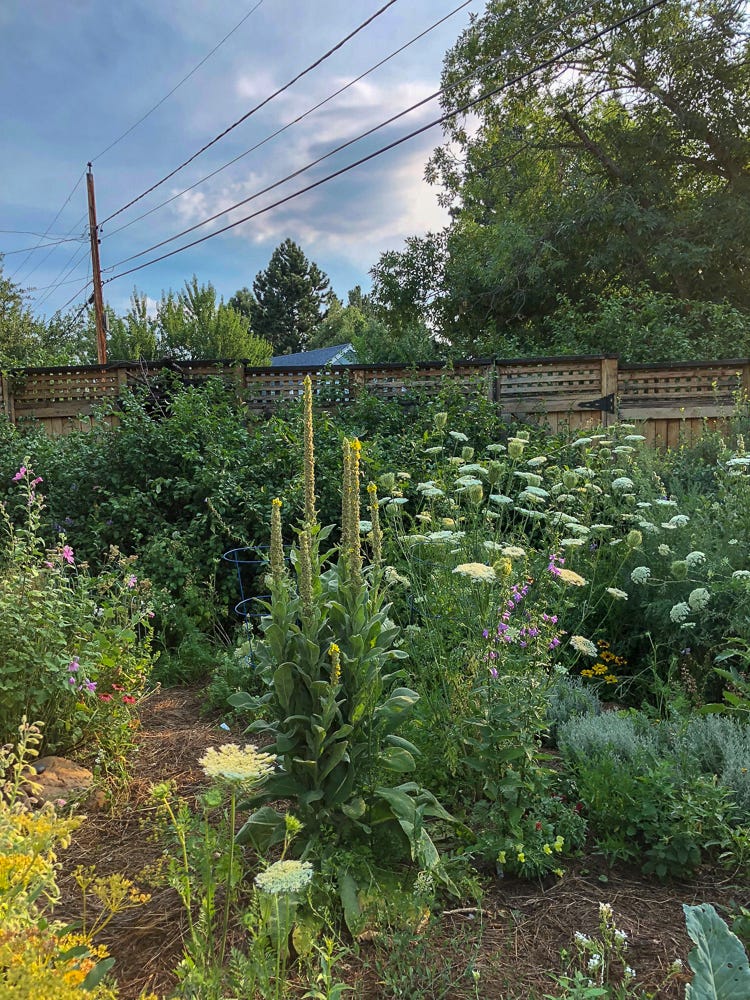
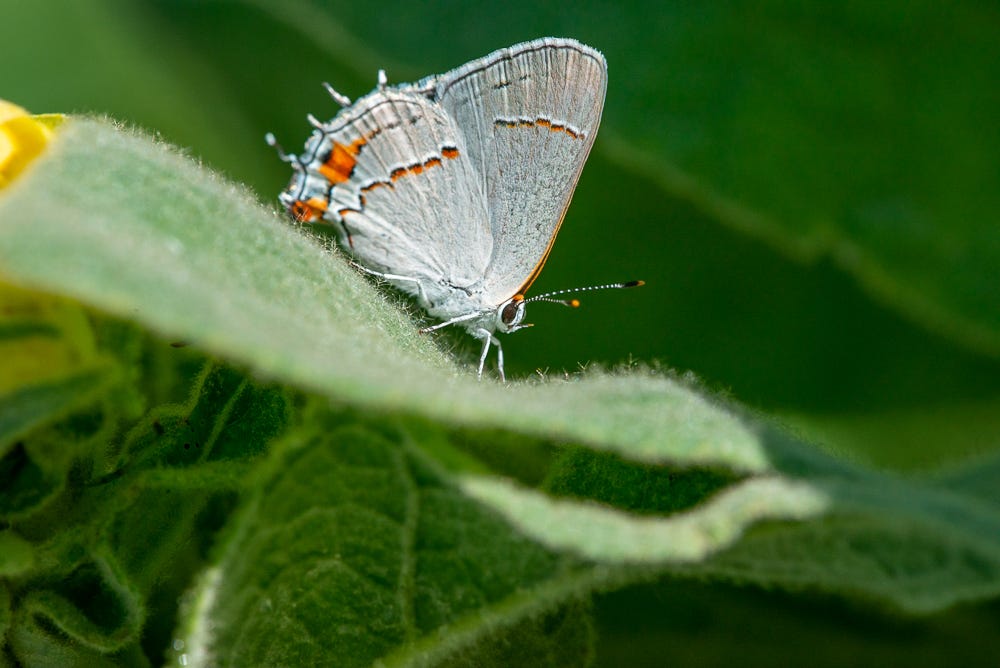
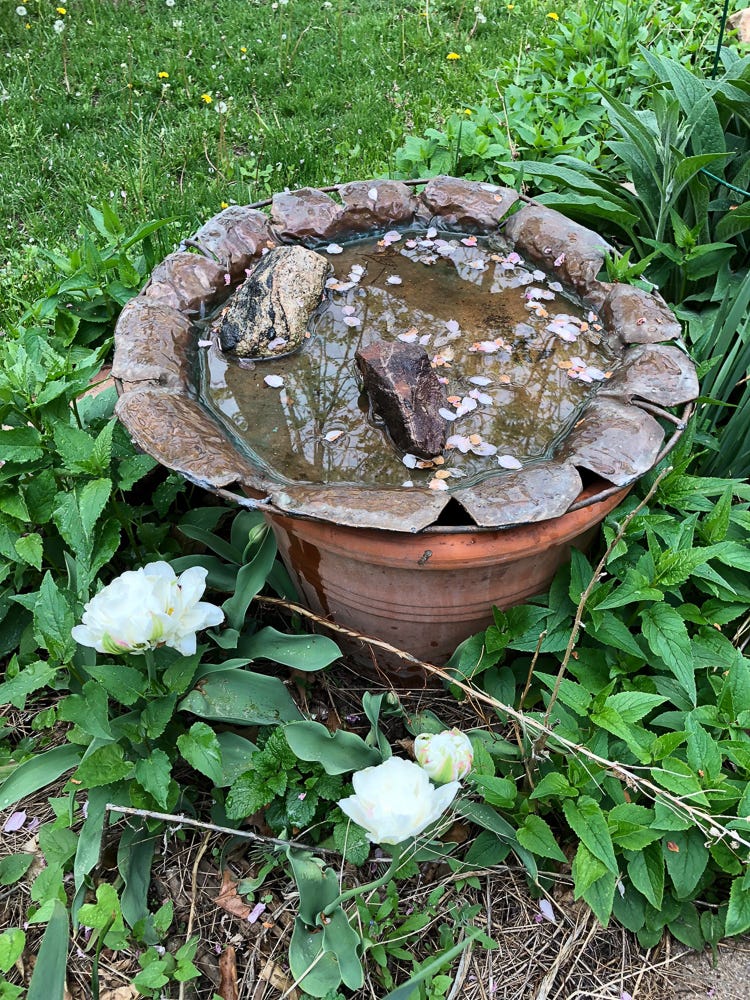
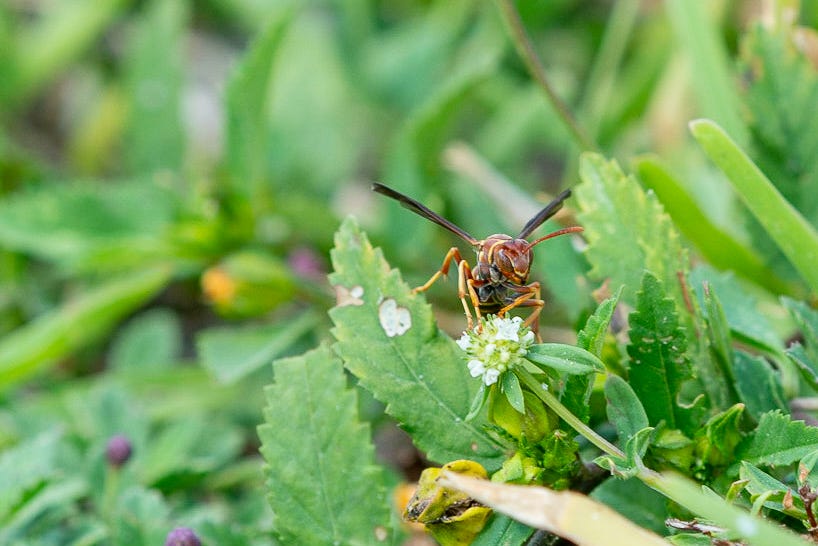
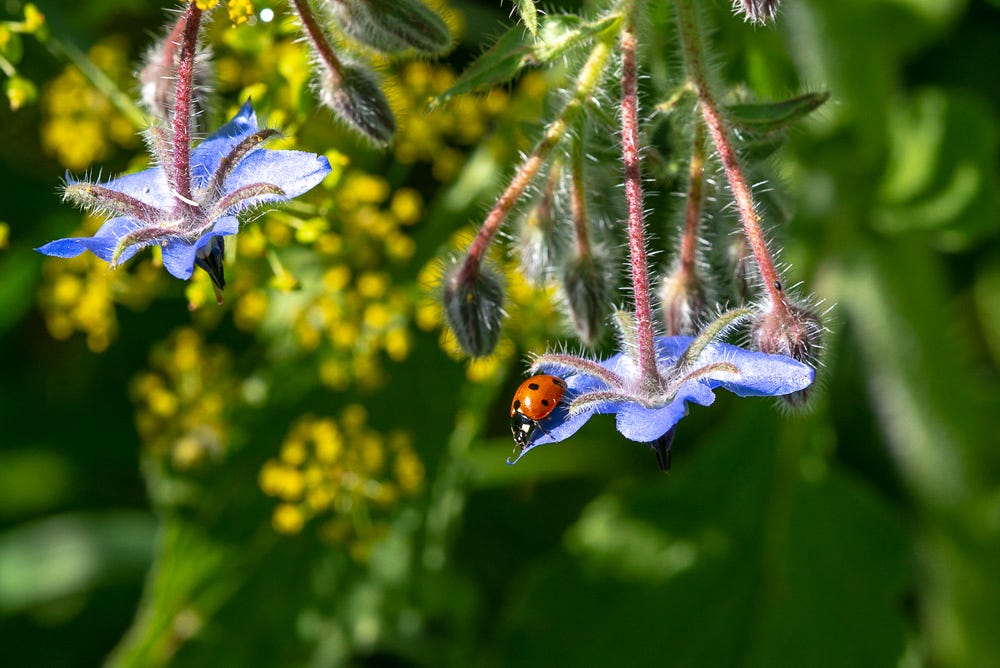
Yes to everything you said! Even the small lawn I had was too much fertilizer, fungus fix, bug spray etc. I am looking forward to next lawn.